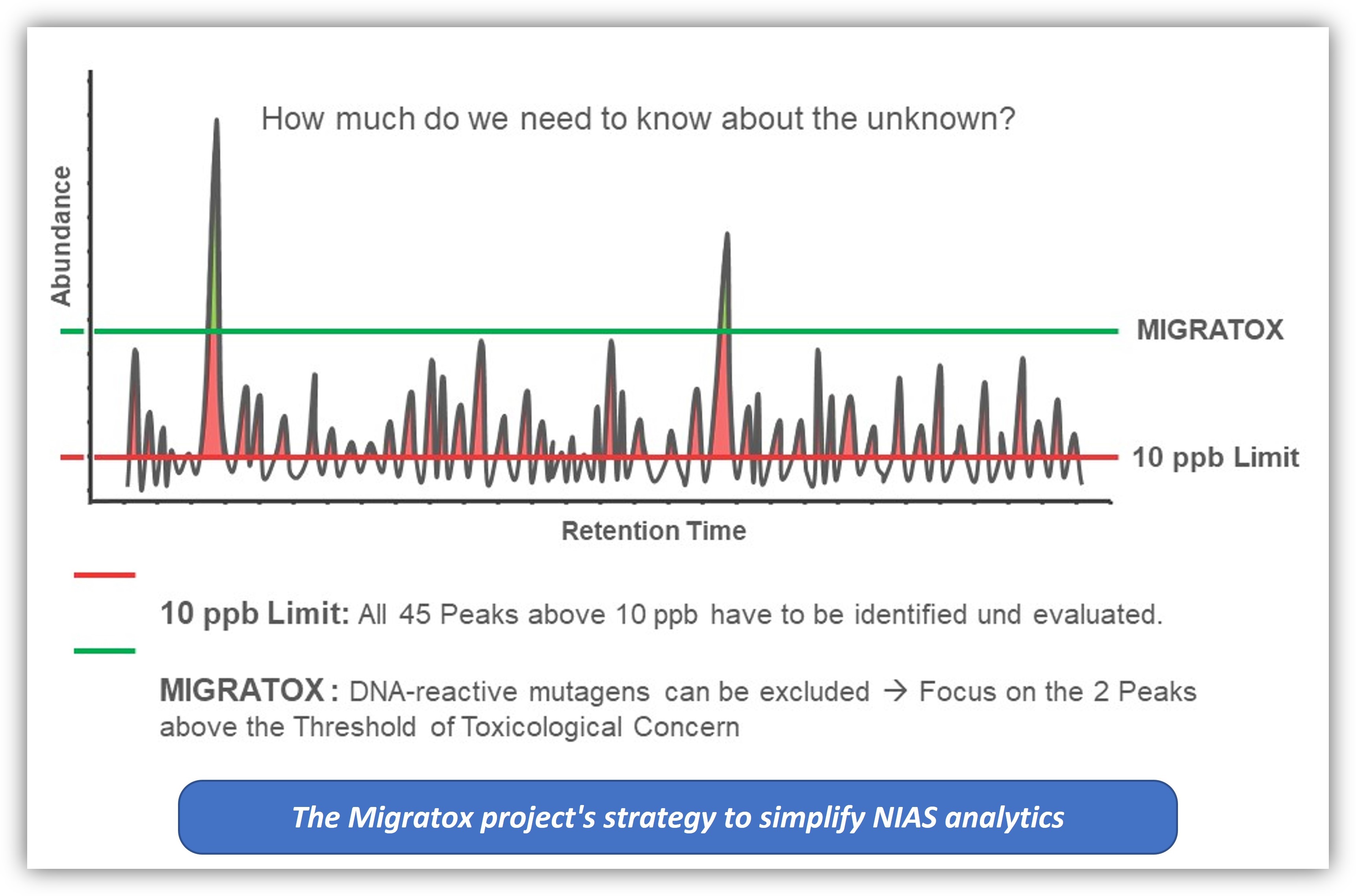News Items - International Association of Packaging Research Institutes
| OFI, Austria, works to identify DNA-reactive contaminants Austria’s OFI research institute has provided an informal progress report on the Migratox project, where it has been working with FH Campus Wien to develop techniques for detecting trace amounts of DNA-reactive substances in complex food-contact matrices. Safety assessments of non-intentionally-added substances (NIAS) in food-contact materials (FCMs) have been growing in importance. The EU’s European Food Safety Authority (EFSA) has laid down thresholds of toxicological concern (TTCs) which are much lower for DNA-reactive mutagens than for other contaminants. OFI’s team leader for microbiology and cell culture Christian Kirchnawy explains that many NIAS that leach into food in trace amounts would only be a potential health threat if they were DNA-reactive substances. But this DNA-reactivity and potential for cancer-forming mutagenicity is all they have in common. “In-vitro assays, like the Ames test, can specifically detect substances that cause mutations in the DNA, including currently unknown mutagens,” he says. “But these tests were originally designed to test pure chemicals, rather than complex extracts from FCMs.” As a part of the current Migratox project, in-vitro bioassays were evaluated and optimized for the detection of trace amounts of DNA-reactive substances in a complex FCM matrix. A miniaturized version of the Ames test proved to be the most suitable method for this, and was validated as such.  “The development of this method is a valuable tool to support the safety assessment of NIAS, especially if not all detected substances can be identified,” says Kirchnawy. Of over 300 samples so far analysed for DNA-reactive (and also endocrine-active) substances, most have not shown any indications of critical effects in bioassays, says OFI. Where DNA-reactivity was detected, the plan is to focus on identifying the sources of these effects. Migratox, which has FH Campus Wien as the project co-ordinator, has been running for the past five years, and finishes this year. It is funded by a grant from the Austrian Research Promotion Agency (FFG). Published: 03/25/23 |